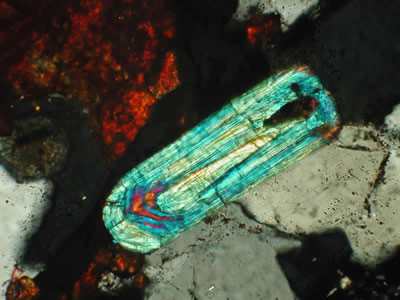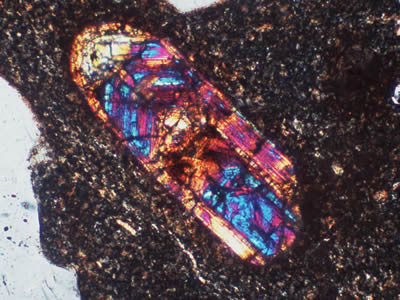


1.) Early beliefs:
a) Ancient Hindu Calendar:
2000AD » 2,000,000,000 years since the Earth formed.
b) Counting generations in Bible, Bishop Ussher determined Earth was created 4004 BCE.
2.) First Scientific Determinations:
a) Earth temperature and cooling rate.
>An additional heat source inside Earth (keeps asthenosphere molten).
>Later, used radioactivity to determine absolute numerical ages.
a) Based on radioactive decay.
b) “Clock” starts when a crystal containing a radioactive element forms.
Problem: If alter or damage the crystal the “clock” gets reset** Almost always results in an age that is wrong---but too young.
* Nucleus of unstable atom (isotope) fly’s apart.
> The number of protons (determines the element) +/ or neutrons changes.
Isotope Ex: carbon = 6 protons + 6, 7, or 8 neutrons
Unstable Radioactive Stable New Element
Element (Daughter)
(Parent)
-------------------------- -------------------------------
Uranium (U) U-238 U-235 —> Lead (Pb)
Potassium-40 (k-40) —> Argon (Ar-40)
Carbon-14 (C-14) —> Nitrogen (N-14)
Rubidium-87 (Rb-87) —> Strontium-87 (Sr-87)
c. Half-lives: Half-life
U-238 —> Lead 4.5 billion years
U-235 —> Lead 713 million years
C-14 —> Nitrogen 5,730 years
Have to chose the appropriate isotope for to determine the age of a mineral: Carbon-14 is used to determine ages of young materials because it has a short t ½ (= 5730 yrs)
| Back to 102 Syllabus | Back to Physical Geology Page | Eric Hiatt's Homepage |